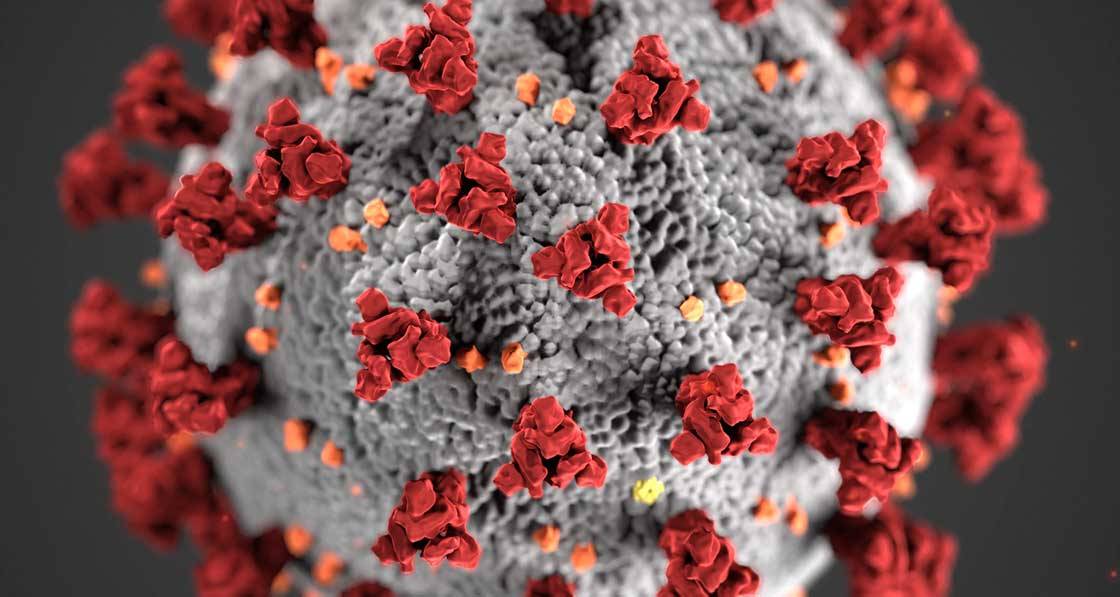
- coronavirus
- Posted
Experts call for CO2 sensors as tool in Covid fight
CO2 levels in rooms and other enclosed spaces should be used as a proxy for Covid transmission risk, a number of leading experts have said, as the evidence increasingly points towards airborne transmission being a major factor in the spread of the virus.
This article was originally published in issue 35 of Passive House Plus magazine. Want immediate access to all back issues and exclusive extra content? Click here to subscribe for as little as €10, or click here to receive the next issue free of charge
“Since the coronavirus is spread through the air, higher CO2 levels in a room likely mean there is a higher chance of transmission if an infected person is inside,” leading aerosol scientist Prof Shelly Miller writes in The Conversation. “Simply put, the more fresh, outside air inside a building, the better. Bringing in this air dilutes any contaminant in a building, whether a virus or a something else, and reduces the exposure of anyone inside.”
Miller cites a 2019 study on a tuberculosis outbreak in Taipei University, Taiwan, where many rooms were poorly ventilated and reached CO2 levels above 3,000 parts per million (ppm). When engineers brought levels down to under 600 ppm the outbreak stopped. “According to the research, the increase in ventilation was responsible for 97% of the decrease in transmission,” said Miller, before going on to recommend a CO2 target of 600 ppm.
Meanwhile REHVA, the Federation of European Heating, Ventilation and Air Conditioning Associations has called for the installation in school classrooms of CO2 monitors with traffic-light indicators, “at least in schools where ventilation depends on opening windows and / or grids”.
Prof John Wenger, director of the Centre for Research into Atmospheric Chemistry in UCC suggests a target of 1,000 ppm if CO2 is being used as a proxy for Covid in classrooms, and argues that room level transmission is “the key. It’s in the air, and it can fill a room. The amount of the virus in the air can accumulate, and we get an increased exposure. If you’re indoors, in a poorly ventilated room for a long time, then you’re at quite a high risk even if you’re distanced, because the air moves around.”
A new study by leading aerosol scientists Zhe Peng and Jose L Jimenez, titled ‘Exhaled CO2 as Covid-19 risk proxy for different indoor environments and activities’, has found that indoor CO2 measurements by low-cost sensors hold promise for mass monitoring of indoor aerosol transmission risk for Covid-19 and other respiratory diseases, but that different CO2 level targets should be set based on the environment and activity type.
The study – published as a pre-print in September – explains that target CO2 levels for a given infection risk level can vary by a factor of 100 or more depending on the situation and activity type. This is because the risk is subject to factors such as the number of infected people in a region, and the fact certain measures such as mask wearing or air filtration may reduce presence of the airborne virus without reducing CO2 levels. As Jimenez points out, certain activities increase virus emission far more than CO2 levels, such as talking, singing and shouting.
“The stronger vocalization, the higher risk, and the more intense activity, the higher risk,” the study says. Jimenez nonetheless argues that using CO2 levels to monitor infection risk is a “very good idea”, because infected people exhale CO2 and Covid as they breathe, talk etc., and as both CO2 and the virus are removed by ventilation with outdoor air
Related items
-
 History repeating
History repeating -
 King of the castle
King of the castle -
 Energy poverty and electric heating
Energy poverty and electric heating -
 New Ejot profile cuts thermal bridging losses by 25mm insulation equivalent
New Ejot profile cuts thermal bridging losses by 25mm insulation equivalent -
 Build Homes Better updates Isoquick certification to tackle brick support challenge
Build Homes Better updates Isoquick certification to tackle brick support challenge -
 #BuildingLife Series: Director at CORA Consulting Engineers, John Casey
#BuildingLife Series: Director at CORA Consulting Engineers, John Casey

